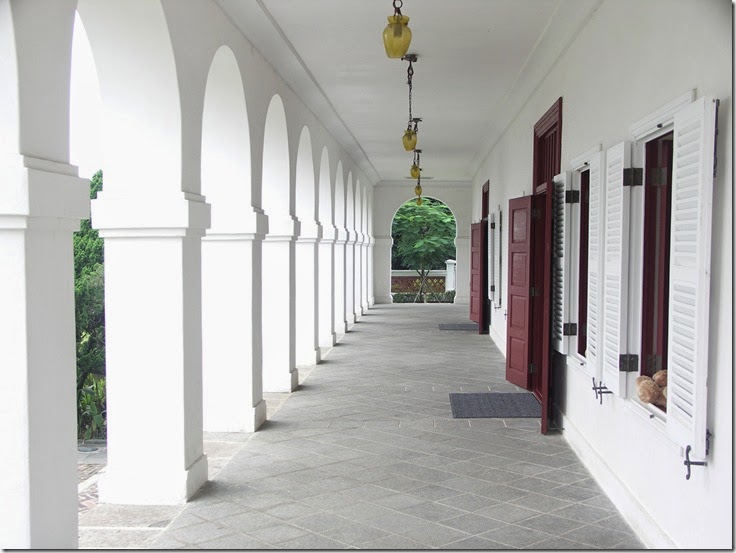------
長老班智達(Thera Pandita)"The Authorship of the Vinaya and Abhidhamma Commentaries: A Response to von Hinüber" 〈《毘奈耶註》與《阿毘達摩註》的作者:對封興伯的回應〉
------
長老班智達指出,大多數覺音論師《註釋書》都記載著「勸請者」,有的寫在卷首的「序、前言」,有的寫在卷末的「跋」。在古代,一部新的作品倚賴有人傳寫抄錄,如果無人願意傳寫,此一部品就僅存在作者手寫的一份,因此極易湮沒散失。如果出現「勸請者」,代表至少有人願意抄錄第一本「傳本」。
- If an initiator is mentioned in the introduction, his request for the new work was probably received by the author before the latter began writing; the latter might also choose to mention the former in the epilogue as well. 如果「勸請者」寫在卷首的「序、前言」,很可能是該「註釋」開始寫作之前,作者就已收到他的「勸請、祈請」,作者可能在卷末的「跋」也提到他的名號。(長老班智達指出,卷首的「序、前言」是一開始就寫的。例如:iti me pasannamatino, ratanattayavandanāmayaṃ puññaṃ. yaṃ suvihatantarāyo, hutvā tassānubhāvena. (Sv I 1; Ps I 1; Spk I 1; Mp I 1) 我在此祈求三寶加被,(讓我)具有澄淨的心,藉那功德之力以摧破任何障礙...。 Thus was established the homage to the Triple Gem by me, having a clear mind. After having destroyed (potential) obstacles by virtue of the power of that merit...。)
- If an initiator is mentioned only in the epilogue, his request probably came only after the author had already completed a substantial part of the book—possibly because it was only then that the former realized the potential value of the forthcoming work (In this case, the former encouraged the completion, not the initiation, of the new work, for the latter was already in the process of writing). 如果「勸請者」僅出現在卷末的「跋」,很可能是在該「註釋」開始寫作之後,作者才收到他的「勸請、祈請」。有可能是因為「勸請者」閱讀了尚未完成的作品,他發現此一註釋的價值,因此祈請作者完成此一作品。(在此一情境,「勸請者」在作品寫作期間「勸請」此一作品的完竣,而非「勸請」其開始。)
- If no initiator is mentioned at all, the author was taking a risk to write a book that no one promised to “publish,” or he was famous and influential enough to feel confident that there would be people who would see great value in his work. 如果一部註釋書完全未提到「勸請者」的名號,作者是在冒無人傳寫的風險。或者他本身覺得自己已夠著名、夠有影響力,作品完成後,讀者一定會見到此一著作的價值而開始傳寫。
---------------
(1) 《清淨道論》的「勸請者」僅出現於卷末的「跋」:
Vibhajjavādi-seṭṭhānaṃ theriyānaṃ yasassinaṃ Mahāvihāravāsīnaṃ vaṃsajassa vibhāvino. Bhadantasaṅghapālassa . . . Ajjhesanaṃ gahetvā (Vism 711)
After taking the suggestion of the wise Venerable Saṃghapāla, born into the lineage of the famous Elders who are the greatest of vibhajjavādins (i.e, those who hold the doctrine of analysis) and residents of the Great Monastery (Mahāvihāra)...
受來自「住於大寺 Mahāvihāra 的最勝分別說部傳承」的尊者僧護 Saṅghapāla 的勸請...
也就是說,傳說中的「大寺派上座為考量陌生的客比丘,要求此一客比丘寫些論議來呈現他自己的程度」,可能是站不住腳的,至少,覺音論師自己沒這麼說。
無著比丘評論《清淨道論》與《解脫道論》(僅存於漢譯,「阿羅漢優波底沙(梁言大光)造」(CBETA, T32, no. 1648, p. 399, c11))
From an overall perspective, the Vimuttimagga appears somewhat more practical, whereas the Visuddhimagga has a tendency to be more scholarly. Often . . . its author [i.e., that of the Vimuttimagga] rests content with mentioning different opinions side by side, whereas Buddhaghosa has a more pronounced tendency towards refuting what in his view is not correct and establishing a single right opinion. (Anālayo 631)
整體而言,《解脫道論》有點顯得較實用,而《清淨道論》有點顯得較學者風格。時常...《解脫道論》的作者僅是並列幾個不同的意見;而覺音論師明顯地批判他認為不正確的見解,而建立「一個」正確的見解。
---------------
(2) 《長部註》的「勸請者」Dāṭhānāga saṃghatthera,寫在卷末的「跋」。
---------------
(3) 《中部註》的「勸請者」Buddhamitta,寫在卷末的「跋」。
---------------
(4) 《相應部註》與《增支部註》的「勸請者」Jotipāla (可能是兩位同樣名號的人),寫在卷末的「跋」。
---------------
(5) 《毘奈耶註》的「勸請者」Buddhasirī Thera,出現在卷首的「序、前言」和卷末的「跋」。
---------------
(6) 《阿毘達摩註》的「勸請者」「比丘覺音 Bhikkhu Buddhaghosa」,寫在卷首的「序、前言」。
---------------


沒有留言:
張貼留言